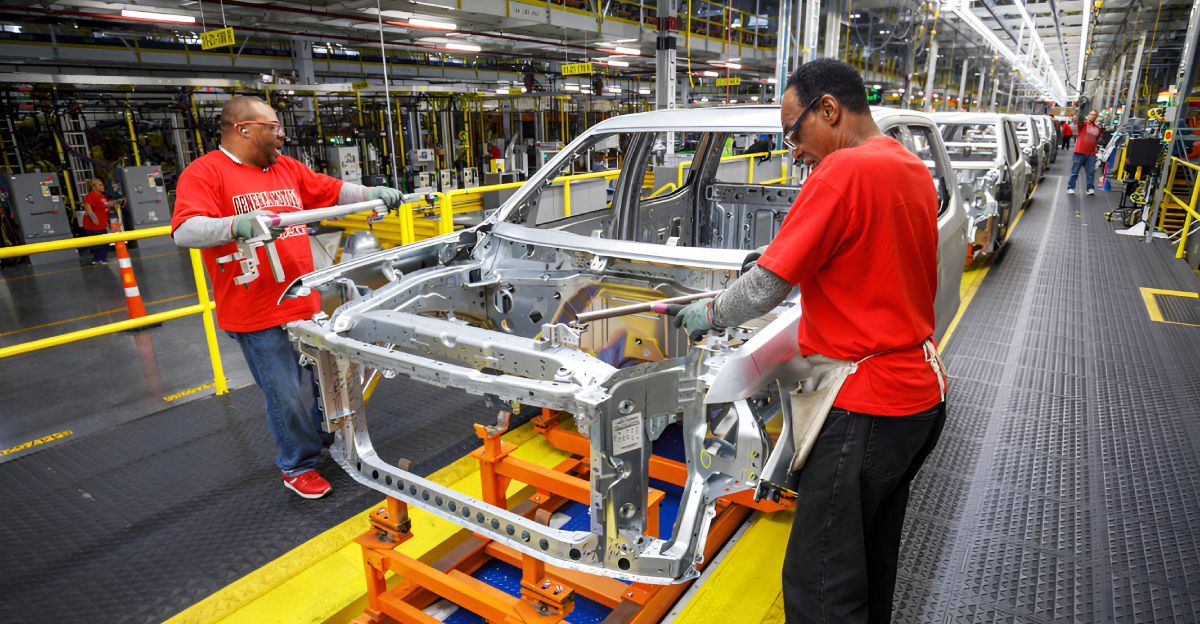
Due to strong output growth, calculated investments, and changing industrial dynamics, the United States has regained its position as the second-largest manufacturer in the world. Manufacturing plays a vital role in the economy, as evidenced by its 10.3% GDP contribution. The industries driving this comeback include electrical equipment, machinery, and computer and electronic goods, all of which are expected to see significant revenue growth in 2025.
Furthermore, the innovation ecosystem in the US, which consists of industry, venture capital, and research universities working together to speed up product development and process enhancements, is closely related to the country’s manufacturing comeback. By focusing on high-value, high-complexity products, this synergy creates a manufacturing environment that is both quantitatively large and qualitatively advanced, allowing the US to compete on the global stage.
Historical Background: From Industrial Powerhouse to Comeback
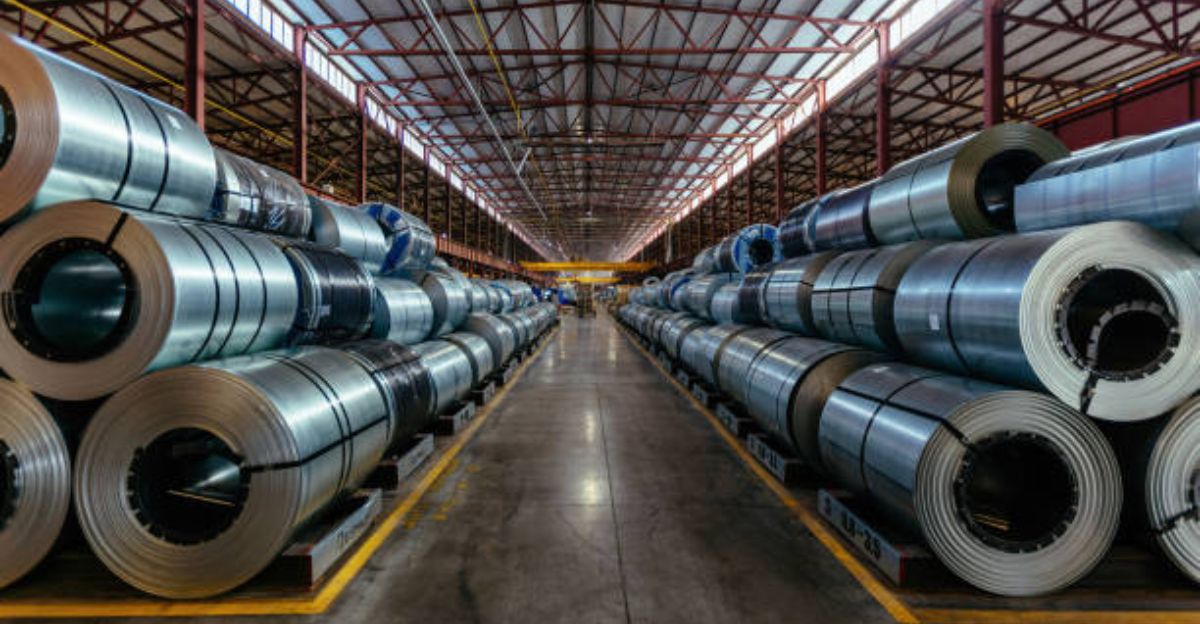
Throughout the 20th century, the US dominated the world’s manufacturing thanks to its steel, appliance, and automobile industries. However, China, which benefited from low labor costs and large scale, overtook the United States in the late 20th and early 21st centuries due to globalization and offshoring. Strategic changes are at the heart of the recent revival; reshoring programs, improved manufacturing techniques, and government incentives like the CHIPS Act and Inflation Reduction Act have brought new life to industries like semiconductors and renewable energy.
Policymakers and business executives were forced to reconsider supply chain resilience and the implications of manufacturing dependencies for national security as a result of this crisis. In order to develop a hybrid model that blends scale, innovation, and strategic autonomy, the US is currently utilizing its past industrial strengths while incorporating cutting-edge technologies.
Growth-Driven Economic Trends
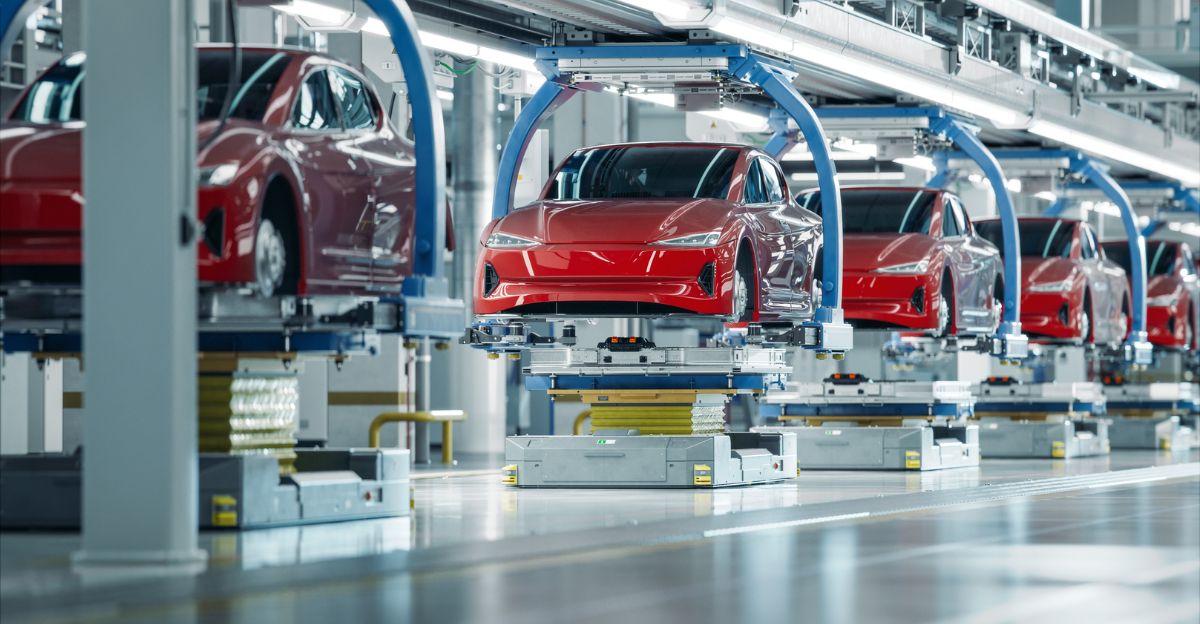
Favorable economic conditions in 2025, such as reduced interest rates and continued investment, are helping the US manufacturing sector. In February 2025, factory output grew by 0.9%, exceeding forecasts, with the production of motor vehicles driving the increase. The forecasted 5.2% growth in capital expenditures indicates confidence in long-term development. Profit margins are maintained by moderate wage growth and stabilizing input costs in spite of inflationary pressures.
A favorable atmosphere for the growth of manufacturing is produced by the interaction of macroeconomic stability and microeconomic innovation. Additionally, the US has a diversified industrial base that reduces the risk of downturns in particular sectors. For instance, the demand for electric vehicles fuels the growth of the automotive industry, but the aerospace and defense industries continue to enjoy strong government contracts, which supports the health of the sector as a whole.
Challenges: Supply Chain Complexities, Labor, and Tariffs

The rise of American manufacturing is not without challenges. Recent administrations’ tariffs have increased input costs, complicated supply chains, and created volatility. Growth potential is hampered by ongoing labor shortages, particularly for high-tech skills essential to advanced manufacturing sectors. Mixed Purchasing Managers’ Index (PMI) signals and inventory adjustments further highlight the sector’s difficulty in balancing production with varying demand.
Additionally, an aging workforce and changing demographics make labor shortages worse, calling for significant investments in STEM education and vocational training. A workforce proficient in robotics, data analytics, and AI integration is necessary for advanced manufacturing, so the issue goes beyond labor quantity to labor quality.
Innovation in Technology as a Spark
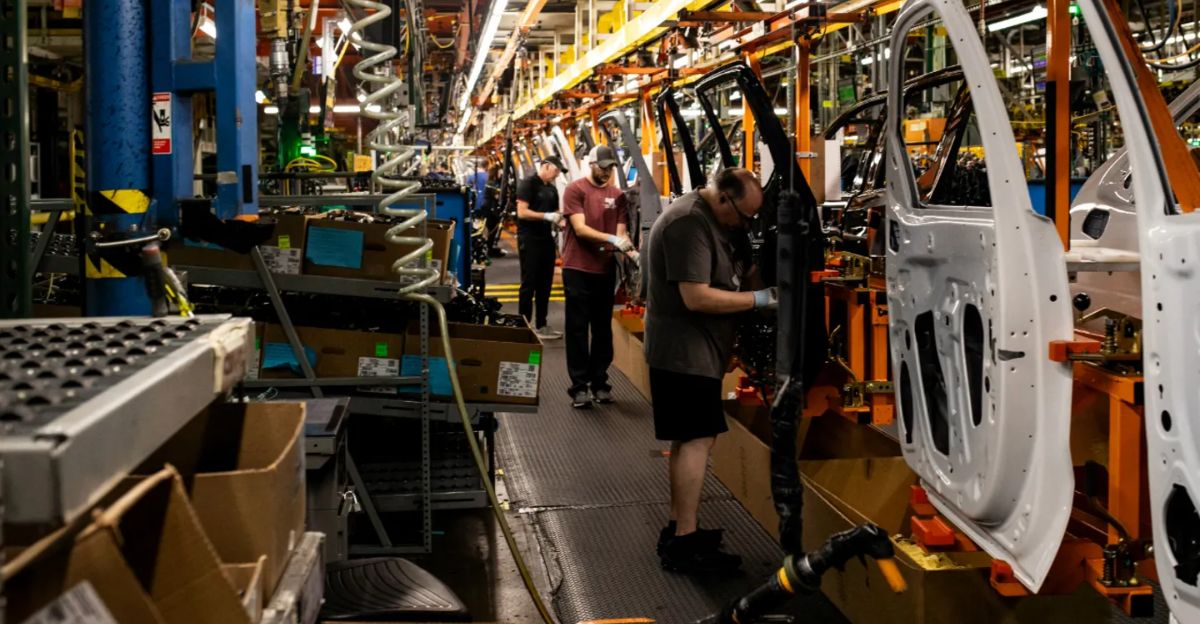
The revival of American manufacturing is based in large part on technological advancement. Automation, artificial intelligence, and sophisticated robotics are being combined to improve quality and productivity while addressing the labor shortage. The government-supported semiconductor sector is a prime example of how advanced technology boosts domestic production capacity and competitiveness.
Manufacturers can now reduce waste, speed up time-to-market, and customize products at scale thanks to the adoption of Industry 4.0 principles. A new generation of engineers and technologists is also drawn to this tech-driven change, fostering positive cycles of innovation and talent acquisition. Crucially, the US’s dominance in cutting-edge disciplines like advanced materials science and quantum computing is expected to maintain manufacturing competitiveness for a very long time.
The Function of Investment and Policy
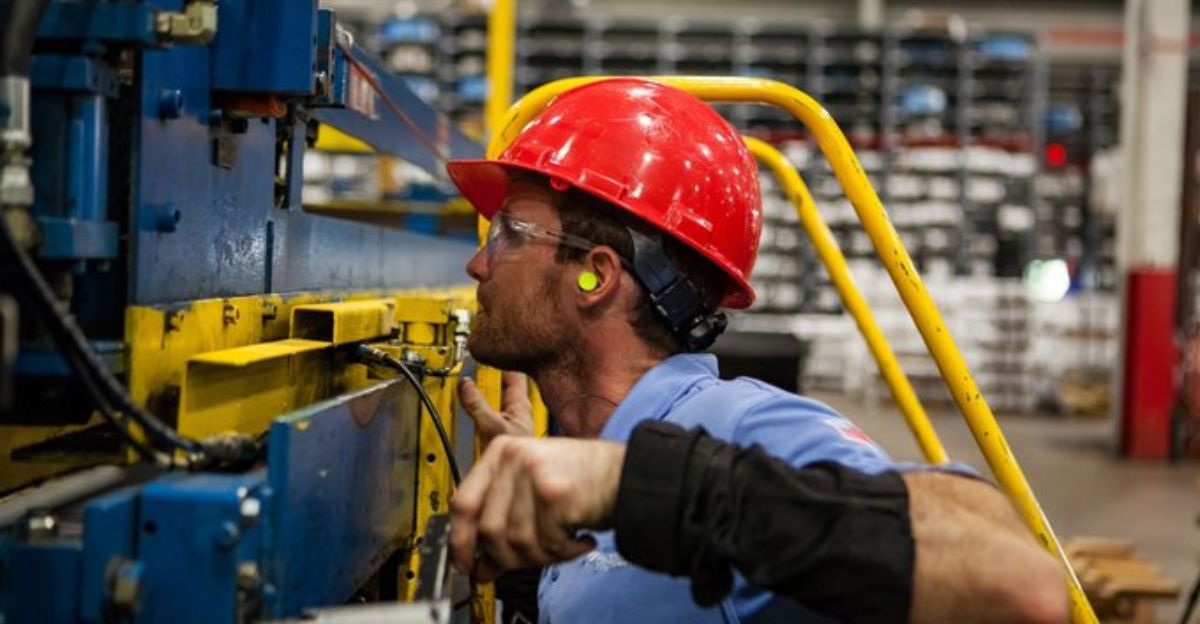
Restoring the US as a manufacturing powerhouse has been made possible in large part by government policy. Hundreds of billions of dollars have been invested in vital industries like semiconductors and clean energy thanks to historic laws like the Inflation Reduction Act and the CHIPS and Science Act. These regulations seek to promote innovation, encourage domestic manufacturing, and lessen dependency on international supply chains.
Public policy and private sector dynamism interact in a crucial way; without clear policy signals, businesses are reluctant to make long-term investments. Furthermore, the sector’s capacity to compete internationally will be determined by policies that address technological standards, environmental sustainability, and workforce development.
International Commerce and Competitiveness
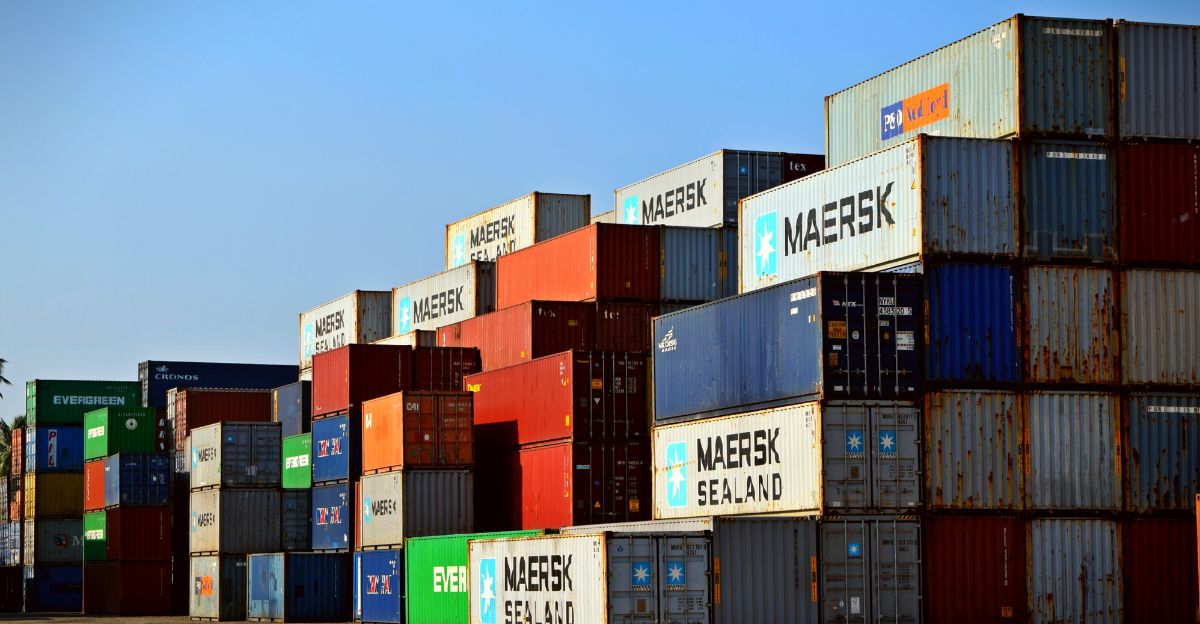
In 2025, a stronger US dollar improves export competitiveness and makes it easier for US manufacturers to enter international markets. However, trade disputes and tariffs present risks by raising prices and upsetting supply chains, particularly with significant trading partners like China, Canada, and Mexico. By concentrating on high-value manufacturing niches and utilizing technological superiority, the US is navigating this complex trade environment. This tactical placement strengthens the US’s position as a vital participant in international manufacturing networks and lessens the effects of some tariffs.
Another strategic response is to diversify export markets beyond conventional partners, with a greater emphasis on emerging economies that have a strong demand for high-tech products. Investments in digital trade facilitation and logistics infrastructure support this global strategy by lowering friction and boosting supply chain resilience.
Workforce Development and Labor Market Dynamics

Despite persistent labor shortages, manufacturing employment is expected to grow modestly by 0.8% in 2025, indicating cautious optimism. The industry is confronted with a conundrum: while overall labor availability is decreasing, demand for high-tech skills is increasing. In addition to initiatives to draw in younger and more diverse talent pools, closing this gap calls for funding for education, training, and reskilling initiatives.
On-the-job training and apprenticeship programs are also becoming more popular as successful methods of closing the skills gap. In order to increase the labor pool, initiatives to enhance career pathways and working conditions also seek to draw in underrepresented groups, such as minorities and women. Workforce renewal is critical as the retirement of baby boomers exacerbates the demographic challenge.
Manufacturing as a Strategic National Asset
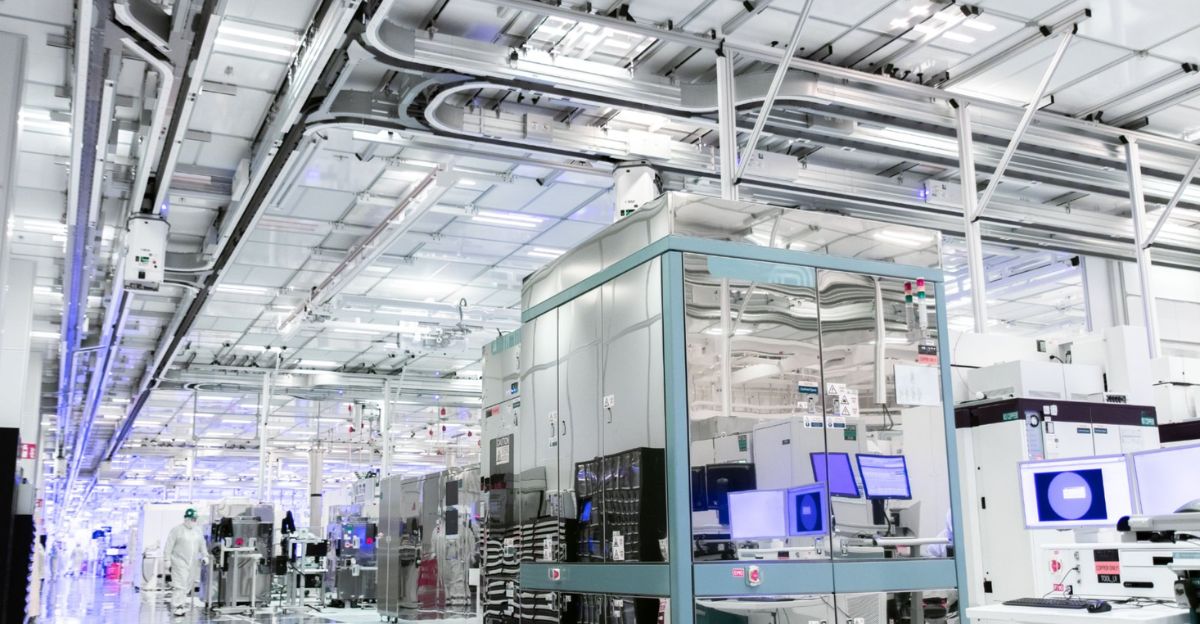
Beyond economics, American manufacturing is becoming more widely acknowledged as a strategic national asset that is essential to technological leadership and security. The growth of the defense industry and investments in semiconductors and renewable energy highlight the importance of manufacturing to a resilient nation. This viewpoint emphasizes supply chain sovereignty and technological independence, redefining manufacturing from a purely economic activity to a cornerstone of geopolitical strategy.
A strategic reassessment of manufacturing’s role in guaranteeing critical capabilities has been prompted by the COVID-19 pandemic and geopolitical conflicts, which have revealed weaknesses in global supply chains. Initiatives to secure domestic production of necessities, such as microchips and medical supplies, have resulted from this.
The Telos of the Rise of US Manufacturing: A Final Analysis

The US’s rise to become the world’s second-largest manufacturer is the result of a complicated, multidimensional evolution that combines strategy, policy, and technology. It marks a change toward an innovative, knowledge-intensive manufacturing paradigm that balances the demands of national security with economic expansion. Despite ongoing obstacles like tariffs, labor shortages, and political unpredictability, the industry is on the rise thanks to substantial investment, technological leadership, and wise policymaking.
At home, the sector’s expansion could spur ancillary industries like professional services, finance, and logistics, lower income inequality through better-paying jobs, and spark regional economic revitalization. In the end, the US manufacturing boom is a strategic turning point that will have a significant impact on geopolitical dominance, technological leadership, and economic prosperity.
